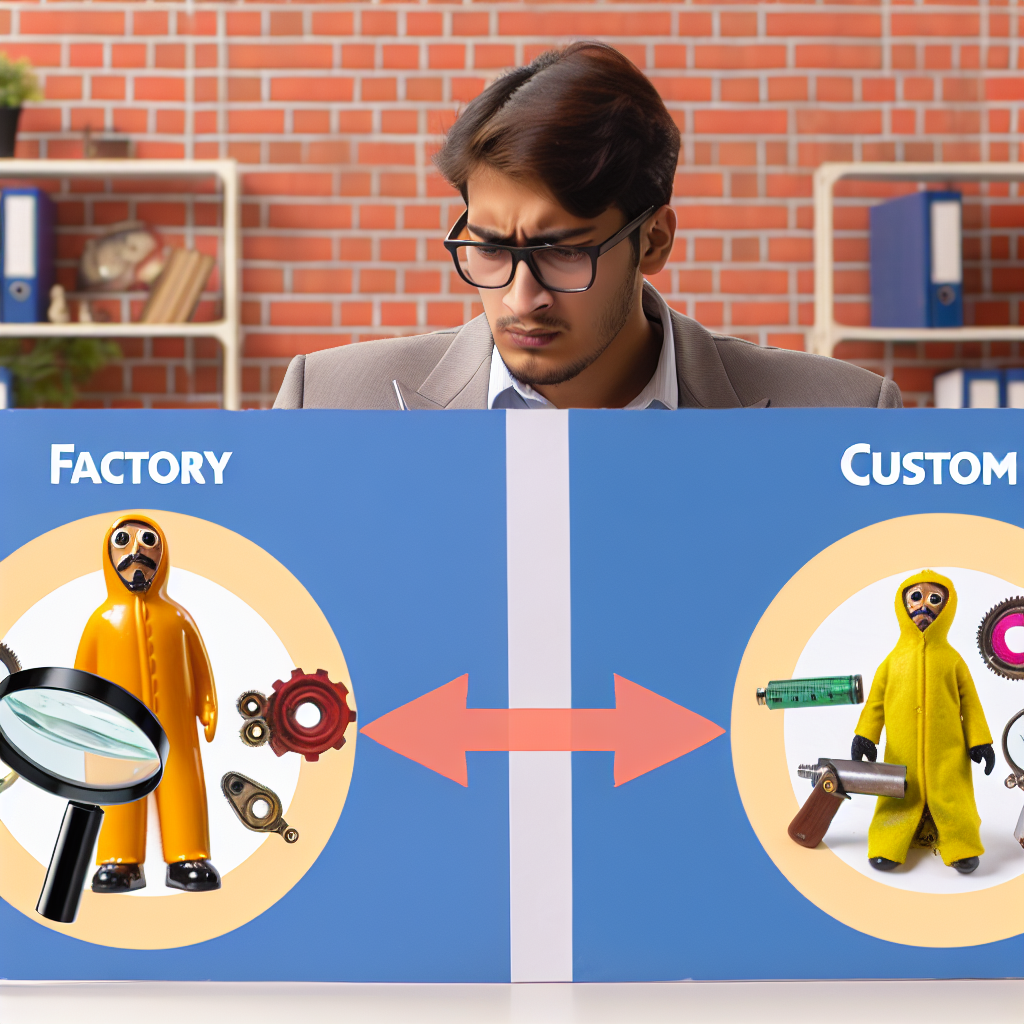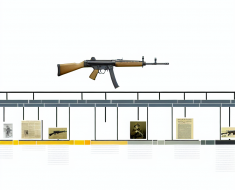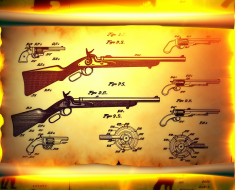How to Identify Factory vs Custom Modifications on Collectibles

In the world of collectibles, the distinction between factory-original items and those modified by customizers can significantly impact both value and authenticity. Whether you are a seasoned collector or a casual enthusiast, understanding how to identify factory versus custom modifications is crucial for making informed purchases, appraisals, or restorations. This article explores the key indicators, techniques, and expert tips to help you discern original factory features from aftermarket alterations.
Understanding Factory Modifications: The Benchmark of Authenticity
Factory modifications refer to any changes or enhancements made by the original manufacturer before the product leaves the production line. These modifications are typically standardized across batches and follow strict quality control measures.
Why Factory Modifications Matter:
-
Consistency: Factory modifications ensure uniformity in design, materials, and functionality across all units in a production run.
-
Value Retention: Collectibles with verified factory features generally maintain higher market value due to their authenticity.
-
Historical Accuracy: Factory modifications often reflect technological advances or design trends of their era, making them significant for historical study.
Examples of Factory Modifications:
-
A limited edition action figure released with a unique paint scheme applied at the factory.
-
A collectible car model featuring updated decals or chrome trim as part of a special production run.
-
A comic book reprinted with different cover art authorized by the publisher.
Identifying these genuine factory changes involves studying official documentation, manufacturer announcements, and comparing multiple samples from the same series.
The Rise of Custom Modifications: Creativity Meets Collecting
Custom modifications are alterations made after the item has left the factory floor. These changes are usually performed by hobbyists, professional customizers, or third-party companies and can range from minor touch-ups to complete transformations.
Motivations Behind Customization:
-
Personalization: Collectors may want to tailor an item to their tastes or restore damage creatively.
-
Enhancement: Customizers might improve an item’s aesthetic appeal or add rare features not available in factory versions.
-
Market Demand: Some custom items become sought-after due to their uniqueness or artistic merit.
Common Types of Custom Modifications Include:
-
Repainting or airbrushing figures with new colors or designs.
-
Addition of decals, stickers, or aftermarket accessories not originally included.
-
Sculpting or replacing parts such as heads, limbs, or weapons on action figures.
-
Rebinding books with non-original covers or altered dust jackets.
The challenge lies in distinguishing these creative efforts from authentic factory work since some customizations can be extremely detailed and professional-looking.
Key Indicators to Differentiate Factory vs Custom Modifications
The ability to identify whether a collectible’s modifications are factory-made or custom requires careful observation and knowledge. Here are several critical indicators collectors should examine:
1. Consistency Across Multiple Units
If you have access to multiple examples of the same collectible, compare them side-by-side:
-
Factory modifications: Usually consistent in placement, color application, and detail due to automated processes and strict quality control.
-
Custom modifications: Likely vary in precision and style because they are manually applied by individuals with varying skill levels.
A case study conducted by The Toy Collector’s Guild (2022) found that over 90% of factory paint jobs on limited edition figures were identical across batches, while custom repaint jobs showed noticeable variations in brush strokes and color shades.
2. Quality of Materials and Finish
The materials used for factory modifications tend to be specialized paints, plastics, or inks designed for durability and uniform appearance:
- If paint appears unevenly applied, too glossy/matte compared to known originals, or shows signs of wear inconsistent with age—this could indicate customization.
- The presence of fingerprint smudges under magnification or brush marks can suggest hand-painting rather than machine application.
3. Presence of Official Markings and Serial Numbers
Makers often include identifying marks that confirm authenticity such as:
- Punch stamps on metal parts
- Mold numbers embedded in plastic components
- Coded serial numbers printed under finishes (e.g., inside covers for books)
If these marks appear tampered with—blurred serials, scratched-off stamps—or absent where expected, it may point toward post-factory modification attempts.
For example, vintage Hot Wheels cars have mold codes stamped into their bases; missing codes usually indicate repainting or







